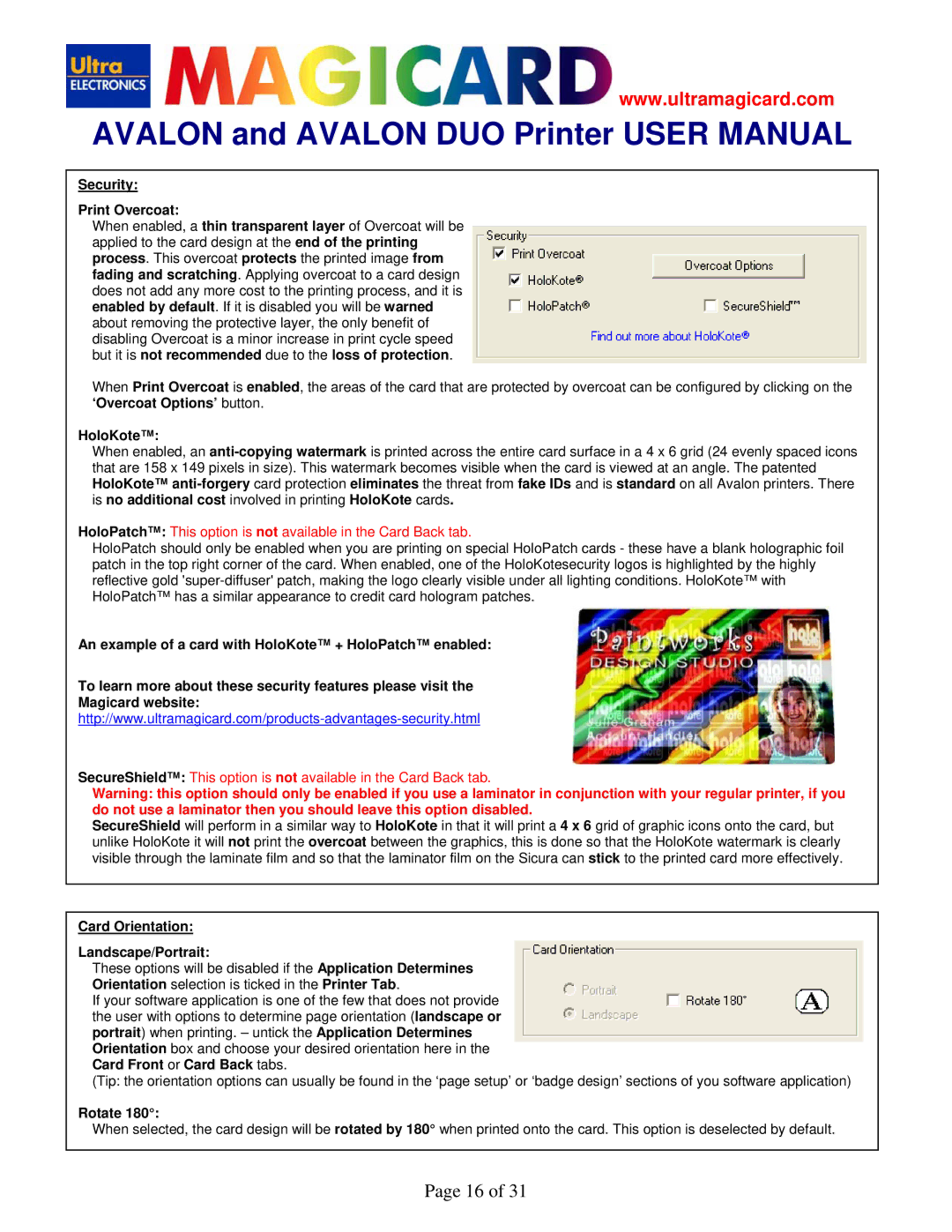M9006-644E, M9006-654E, M9007-224E, M9007-225E specifications
The Ultra Electronics M9007-225E, M9007-224E, M9006-654E, and M9006-644E represent a series of advanced electronic systems designed for high-performance applications in various defense and aerospace sectors. Each model within this series incorporates cutting-edge technologies and features tailored to meet the rigorous demands of modern operations.The M9007-225E and M9007-224E models are optimized for electronic warfare and surveillance applications. Key features include advanced signal processing capabilities, allowing for real-time analysis of electronic signals in complex environments. These systems utilize state-of-the-art digital antennas to enhance detection ranges and improve tracking accuracy. The integration of artificial intelligence algorithms facilitates adaptive frequency management, enabling the systems to automatically adjust to dynamic operational conditions.
Both M9007 models boast robust software architecture that supports seamless integration with various military platforms. Their modular design allows for easy upgrades and maintenance, ensuring long-term operational effectiveness. Furthermore, they are built with rugged materials to withstand harsh environmental conditions, maintaining functionality in extreme temperatures and vibrations.
On the other hand, the M9006-654E and M9006-644E systems are designed for communication and data processing tasks in network-centric warfare. These models emphasize high data throughput and low latency, making them ideal for real-time command and control applications. Equipped with multi-channel processing capabilities, they can handle multiple communication streams simultaneously while maintaining signal integrity.
The M9006 series incorporates advanced encryption technologies to ensure secure transmissions in sensitive military operations. They feature user-friendly interfaces, which simplify operational workflows and enhance user experience. Additionally, these systems are designed for interoperability with existing military communication networks, ensuring seamless data exchange across various platforms.
Overall, the Ultra Electronics M9007-225E, M9007-224E, M9006-654E, and M9006-644E systems exemplify the forefront of electronic technology. Their focus on modularity, adaptability, and performance enables military and defense operators to effectively navigate the complexities of modern warfare. With these capabilities, users can achieve superior situational awareness, communication reliability, and operational effectiveness, reflecting the ongoing evolution of electronic warfare and defense technologies. As military operations continue to become more complex, the importance of such advanced systems will only increase, solidifying their role as vital assets on the battlefield.

